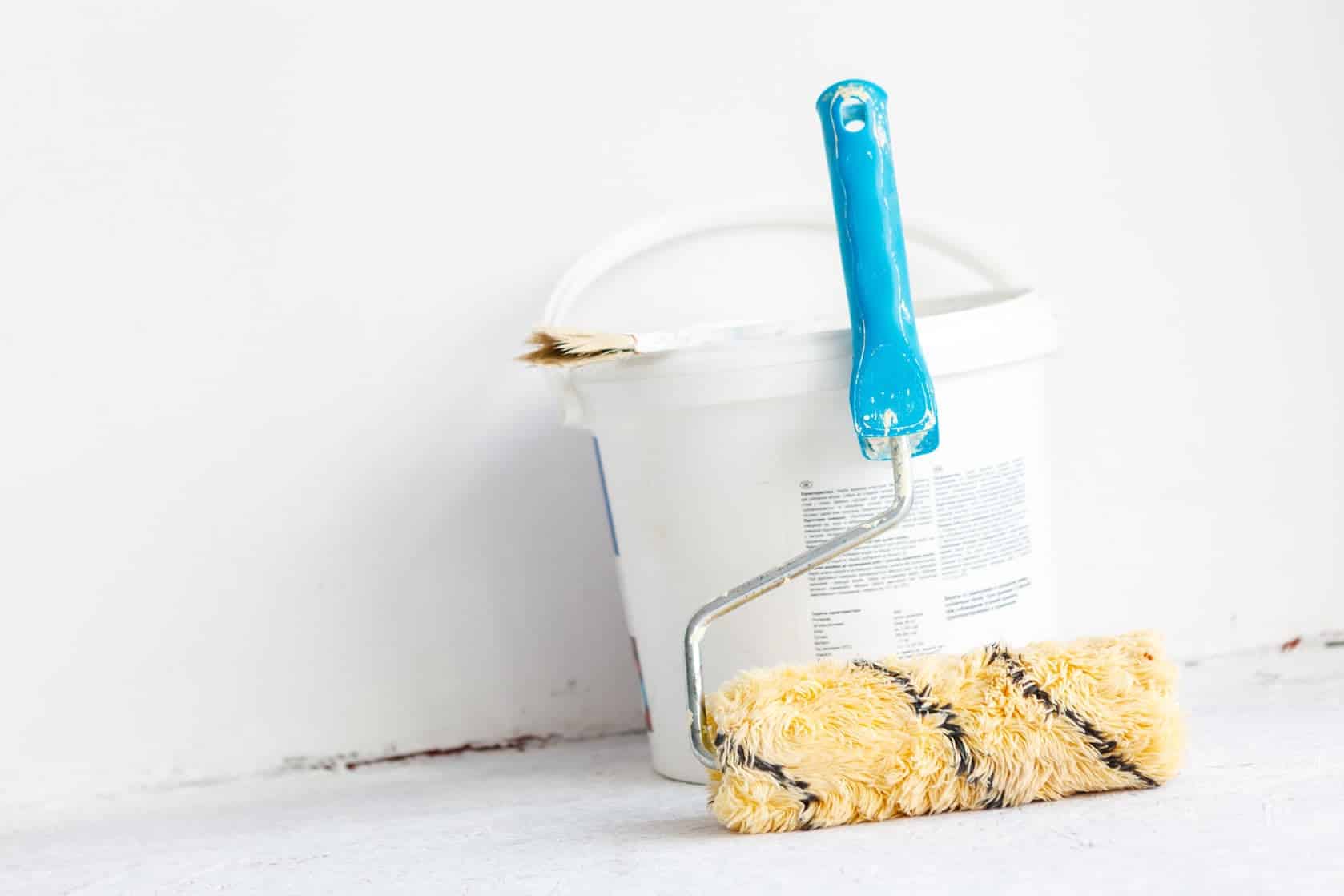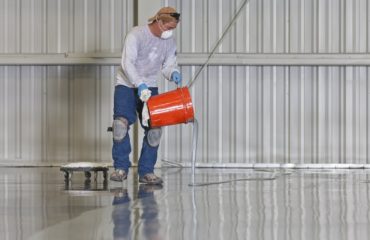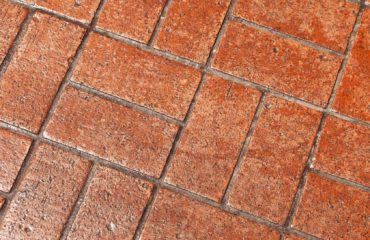When searching for a concrete sealer online, you can often be overwhelmed by the sheer amount of possible choices available to you. To make matters worse, companies, manufacturers, and distributors often do not explain which situations and types of concrete their sealers are appropriate for. For instance, if you do not do enough independent research, you could easily purchase an acrylic sealer without realizing that it is the wrong choice for a concrete basement floor – the manufacturer and/or the distributor will not give you this information, instead marketing their product in general terms designed to encourage the consumer to purchase their product.
There are two main varieties of concrete sealer types. The first are the penetrating sealers. These tend to be sodium silicates, lithium silicates, or lithium silicate/siliconates that are designed to penetrate past the surface pores natural to all concrete. Their small particles of sealant can seep through the microscopic holes dotting the surface of the concrete, which allows the sealant to enter the vast network of hairline cracks and microscopic pores that extend throughout the concrete. Once inside the concrete, these sealant particles react chemically with minerals already present in the slab, leading to the creation of more calcium silicate hydrate (or CSH), which is the naturally occurring mineral in concrete that gives it its strength. Because these types of sealers increase the concrete’s strength for life, they are often referred to as concrete densifiers – not only do they densify, they also block the passage of water, salts, and other potential harms through the concrete.
The other broad category of concrete sealer is the surface sealer. These topical level sealers contain large particles of sealant that cannot fit past the surface pores of the concrete. Instead, the solutions pool on the surface of the concrete to be spread out evenly during application. These products range from acrylic sealers to epoxies, urethanes, and polyaspartics, all of which are extremely different. However, they all bond to the surface of the concrete to lock out water and minerals from entering the material, much like a raincoat locks out water while you’re wearing it. For a more in-depth discussion about the various products mentioned here, please refer to other our other articles that we constantly update and add to for your convenience.




